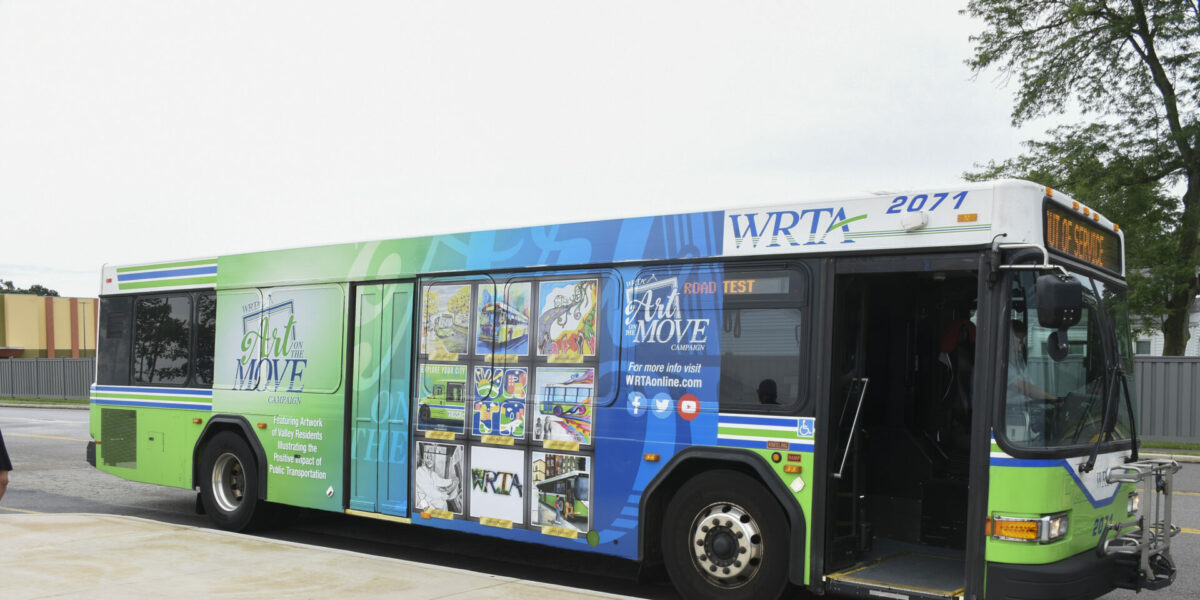Raise Brand Name Reach with Transit Advertising Philippines
Raise Brand Name Reach with Transit Advertising Philippines
Blog Article
How Transportation Marketing Can Transform Mass Transit Spaces Into Dynamic Advertising Operatings Systems
Transit marketing holds substantial potential to redefine public transport areas into lively advertising systems that involve and notify. As we explore the diverse advantages and evolving methods of transit advertising and marketing, it elevates the inquiry of exactly how this transformation can redefine our communications with both brands and the city atmosphere.
Benefits of Transportation Marketing

Furthermore, transit advertising and marketing is extremely cost-effective contrasted to conventional media. It allows advertisers to accomplish high impressions at reduced costs, making the most of roi. The captive target market of commuters gives an opportunity for brand names to convey their messages to people who are usually receptive throughout their travel times.
Moreover, the vibrant nature of transit advertising and marketing enables projects to be updated often, making certain that messaging stays pertinent and timely. This adaptability can be important in reacting to market trends or marketing occasions, keeping the brand top-of-mind for customers. Lastly, the pervasive visibility of transportation marketing adds to brand recall; duplicated direct exposure within familiar travel contexts enhances brand understanding and cultivates consumer loyalty, inevitably boosting and driving sales brand name reputation.
Kinds Of Transit Advertising And Marketing
Public transportation systems give various formats for marketing, each dealing with different marketing methods and target market interaction techniques. One noticeable kind is outside bus and train covers, which cover the whole lorry and create a mobile signboard effect, enabling for high exposure in metropolitan settings. These wraps can record focus as they go across active roads, getting to a diverse audience.
Another preferred style is indoor advertising and marketing, that includes posters, electronic displays, and advertisements on transportation seats. These positionings involve passengers during their trip, enhancing brand messaging in a confined room. Digital shows, specifically, offer the advantage of dynamic web content, making it possible for advertisers to update messages in real-time.
Terminal marketing is also substantial, featuring posters, banners, and interactive stands within transportation terminals. These ads leverage foot website traffic and can target certain demographics based on place.
Lastly, advertising partnerships with transit authorities can cause distinct projects, such as themed transit experiences or occasions, enhancing the total engagement with travelers. Each kind of transportation advertising uses distinct advantages, allowing brand names to tailor their technique to effectively reach their target market within the public transportation ecological community.
Engaging Travelers Efficiently
Travelers are increasingly flooded with advertising messages throughout their day-to-day travels, making it crucial for brands to involve them in innovative methods. To capture interest in this jampacked space, advertisers navigate to this website need to focus on creativity and significance. Making use of captivating visuals and succinct messaging can considerably improve the likelihood of interaction.
Interactive aspects, such as QR codes or increased reality functions, can likewise change static ads right into immersive experiences, fostering a deeper link with the target market. Brands must concentrate on addressing commuters' interests and requirements, customizing messages to reverberate with their way of living, whether through promotions for regional services or solutions made to boost their commuting experience.
Moreover, timing plays an essential function; tactically putting advertisements throughout height travelling hours can take full advantage of exposure and effect. Involving travelers properly also involves leveraging social media integration, allowing guests to share their experiences or promos straight from transportation platforms, thus enhancing brand reach.
Fundamentally, effective engagement hinges on understanding the traveler trip and developing compelling, interactive, and relevant advertising experiences that not just record interest but also drive activity and commitment. By doing so, brand names can transform public transport into a vibrant advertising system that resonates with its target market.

Measuring Advertising And Marketing Influence
Exactly how can brands properly assess the effectiveness of their marketing campaign in transit settings? Determining the impact of transportation advertising calls for a complex method that incorporates qualitative and measurable metrics. One common approach is tracking involvement through mobile analytics, where brands can evaluate foot website traffic Recommended Site patterns and application interactions in the past, during, and after projects.
Surveys can supply valuable understandings into brand recall and customer sentiment, permitting brands to assess how well their messages resonate with travelers. Additionally, monitoring social networks involvement pertaining to details campaigns can expose changes in public perception and brand conversation.

Furthermore, working together with transportation firms can enhance dimension precision, as they frequently possess comprehensive group data on ridership trends. By integrating these approaches, brands can establish a thorough understanding of their advertising and marketing effectiveness, ensuring that their campaigns not only reach but also impact their target audiences effectively.
Future Trends en route Advertising
A significant shift is anticipated in transit advertising and marketing as technical innovations and transforming customer habits reshape the landscape. Transit Advertising Philippines. The integration of digital displays and multimedias is expected to enhance engagement, permitting brand names to provide dynamic content that reverberates with varied audiences. As public transportation systems embrace clever innovation, advertisers will utilize real-time information analytics to tailor messages based on guest demographics and actions
In addition, boosted fact (AR) is positioned to change the method commuters interact with promotions. By giving immersive experiences, AR can change an ordinary journey into an engaging story that records attention and cultivates brand loyalty. This technology will likely urge marketers to produce even more experiential projects that drive consumer communication.
Sustainability is one more critical fad affecting transit advertising. As ecological awareness grows, brand names will progressively seek to straighten with environment-friendly practices, making use of sustainable products and promoting environment-friendly efforts within their projects.
Conclusion
In verdict, transit marketing offers considerable benefits by boosting brand name exposure and involving a restricted target market. As patterns progress, the potential for cutting-edge communications in between commuters and brands is poised to grow, ensuring that transit advertising continues to be a vital part of modern-day advertising and marketing approaches.
Transportation advertising and marketing holds considerable capacity to redefine public transportation spaces into vibrant advertising systems that involve and notify. The prevalent presence of transportation advertising and marketing adds to brand recall; repeated direct exposure within familiar traveling contexts enhances brand awareness and cultivates customer loyalty, ultimately improving and driving sales brand credibility.
How can brand names accurately assess the performance of their marketing campaigns in transportation environments?In verdict, transportation advertising supplies considerable benefits by improving brand presence and engaging a restricted audience. Transit read the full info here Advertising Philippines. As fads progress, the potential for cutting-edge interactions in between brands and travelers is poised to expand, guaranteeing that transportation marketing continues to be an important part of contemporary marketing methods
Report this page